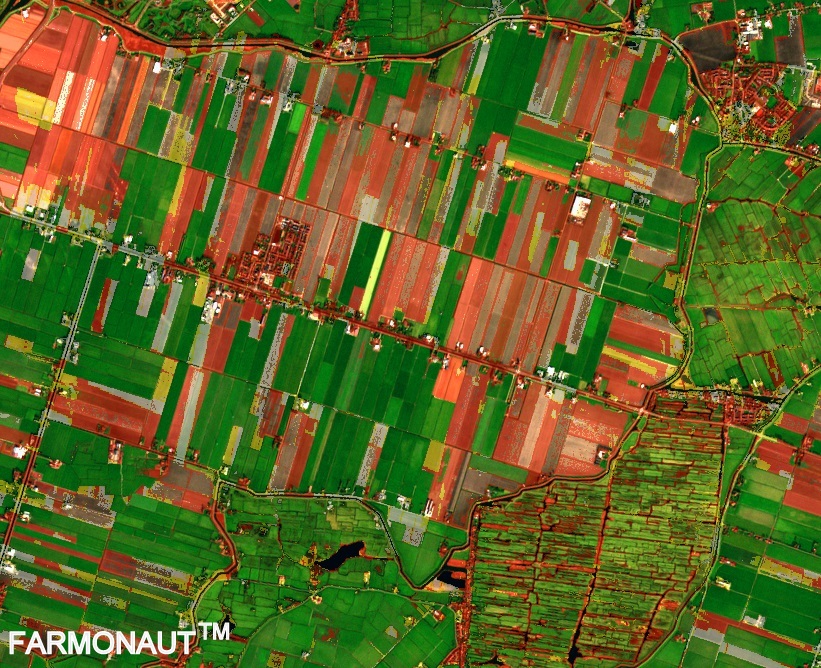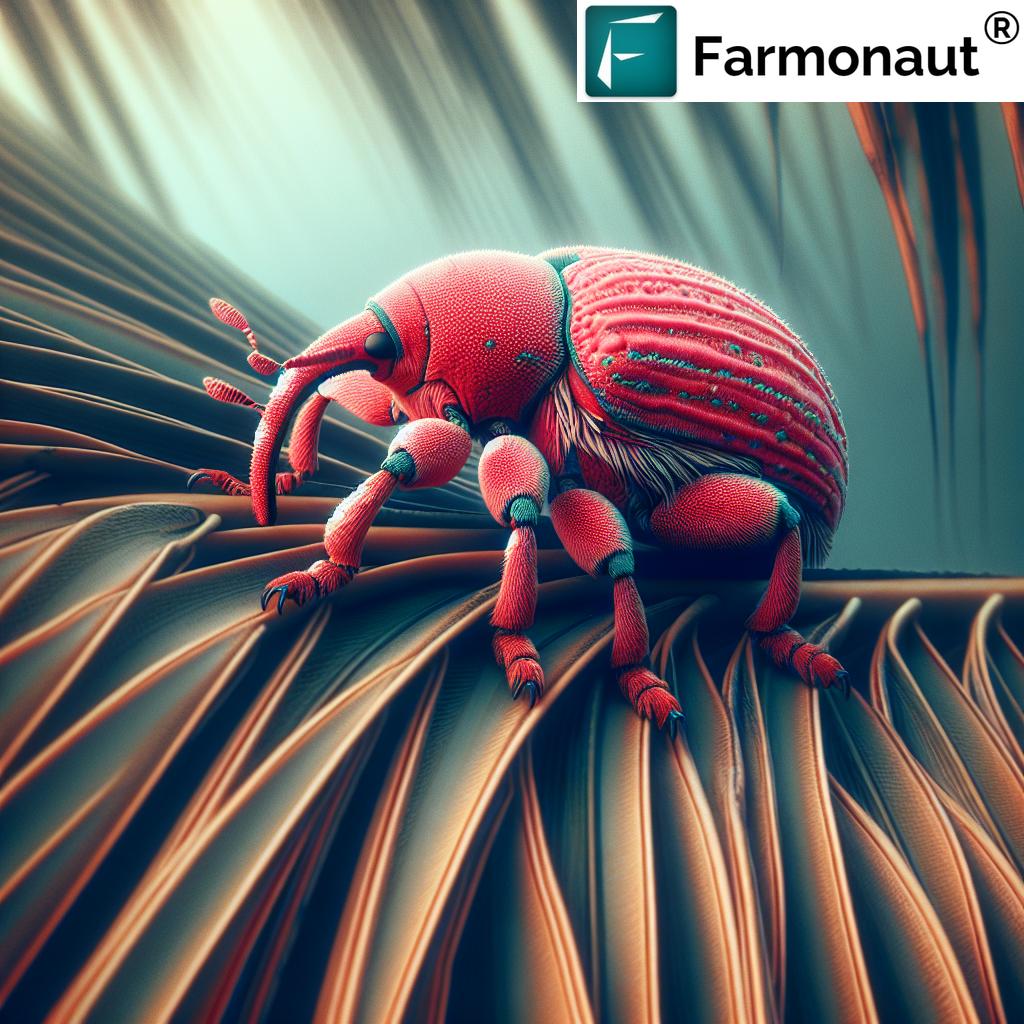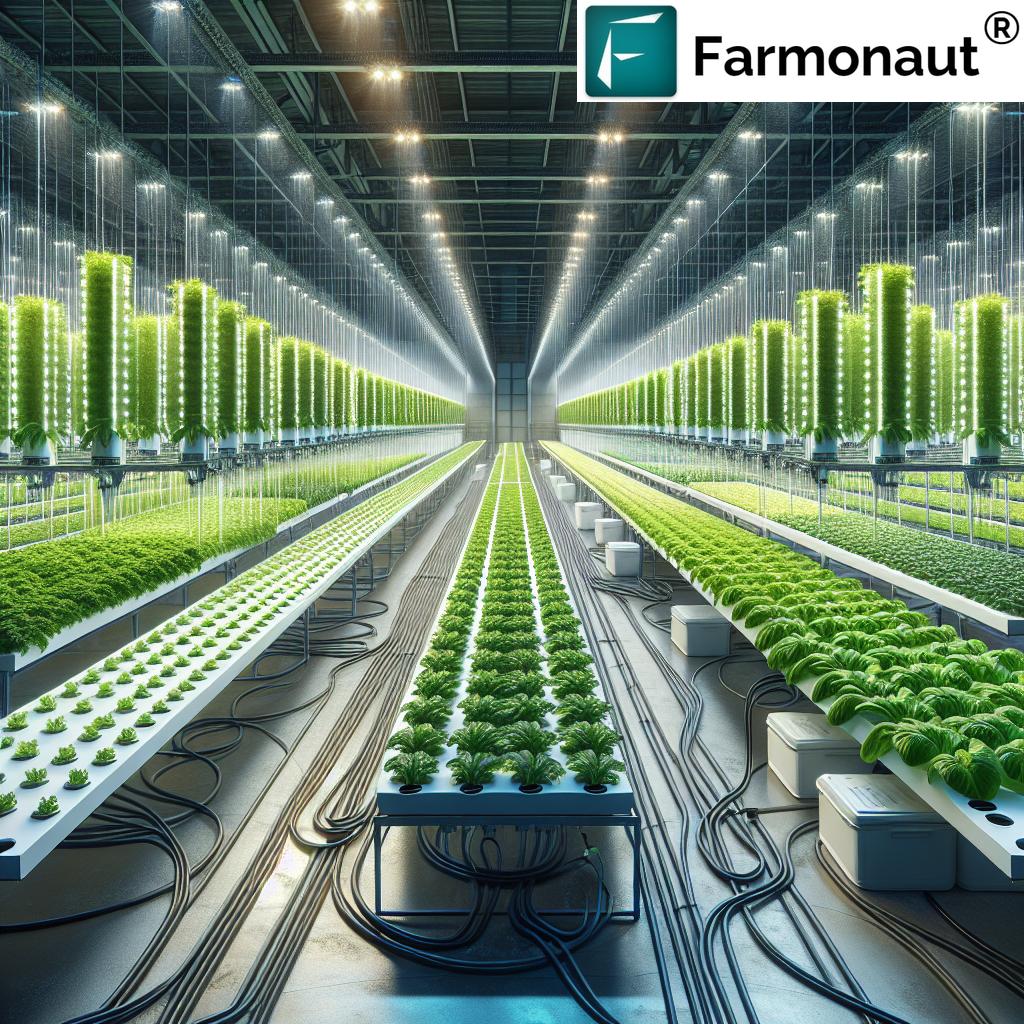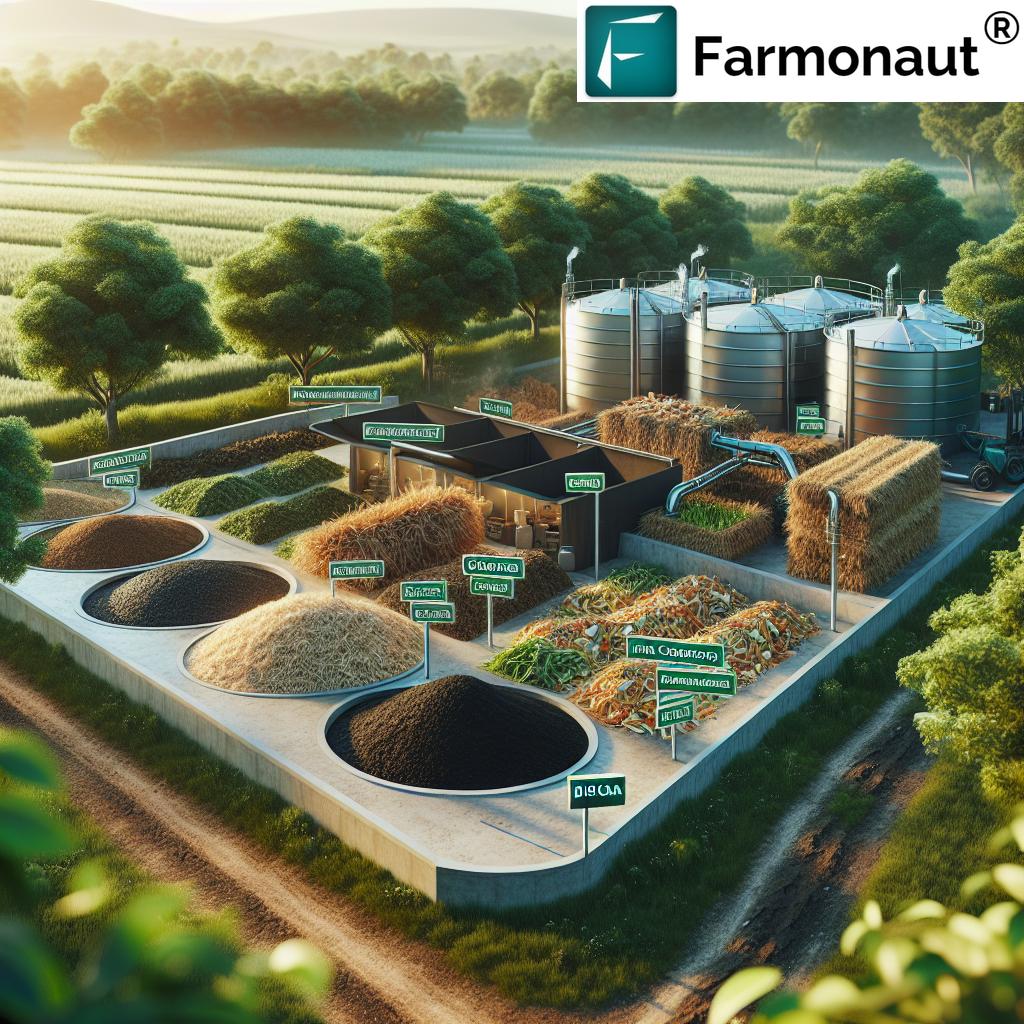Cotton Plant Cultivation: Understanding Height and Frost Impact on Growth
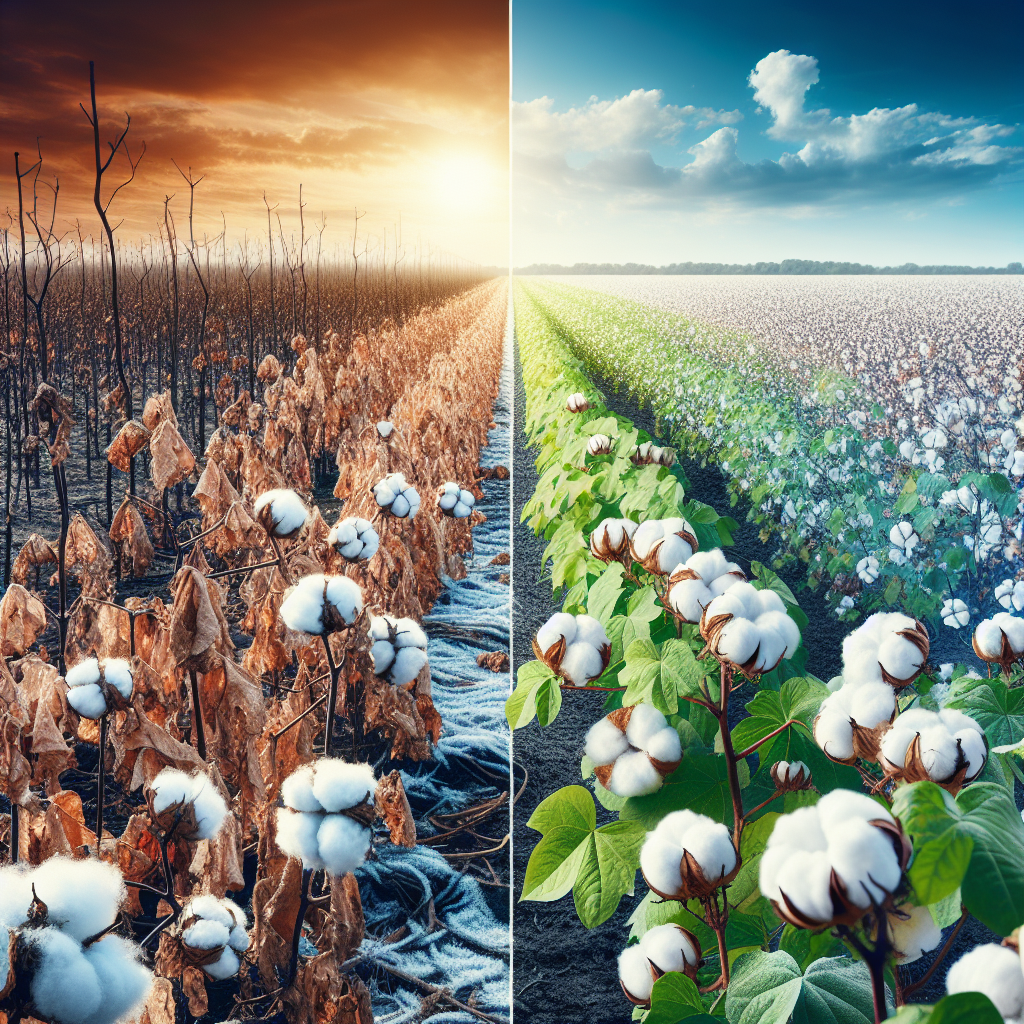
Welcome to our comprehensive guide on cotton plant cultivation, with a special focus on understanding cotton plant height and the impact of frost on its growth. At Farmonaut, we’re committed to providing farmers with the most up-to-date information and cutting-edge technology to optimize their crop yields. In this blog post, we’ll delve deep into the world of cotton farming, exploring various aspects of cultivation, growth patterns, and environmental challenges.
Table of Contents
- Introduction to Cotton Plant Cultivation
- Understanding Cotton Plant Height
- The Impact of Frost on Cotton Plant Growth
- Best Practices for Cotton Cultivation
- Farmonaut’s Role in Modern Cotton Farming
- FAQ Section
1. Introduction to Cotton Plant Cultivation
Cotton has been a cornerstone of agriculture and textile production for thousands of years. As one of the world’s most important fiber crops, understanding the intricacies of cotton plant cultivation is crucial for farmers and agricultural professionals alike.
The Importance of Cotton
- Economic significance: Cotton is a major cash crop in many countries
- Versatility: Used in textiles, cosmetics, and even medical applications
- Agricultural impact: Supports millions of farmers worldwide
At Farmonaut, we recognize the vital role cotton plays in global agriculture. Our satellite-based farm management solutions are designed to help cotton farmers maximize their yields and minimize risks associated with cultivation.
Cotton Plant Basics
Before we delve into the specifics of height and frost impact, let’s review some fundamental aspects of cotton plants:
- Scientific name: Gossypium spp.
- Plant type: Perennial shrub (often grown as an annual)
- Growing season: Varies by region, typically 150-180 days
- Optimal temperature range: 60°F to 95°F (15°C to 35°C)
2. Understanding Cotton Plant Height
One of the key aspects of cotton plant management is understanding and controlling plant height. The cotton plant height in feet can vary significantly based on several factors.
Typical Cotton Plant Height Ranges
Cotton plants can grow to various heights depending on the variety and growing conditions:
- Dwarf varieties: 2-4 feet (0.6-1.2 meters)
- Standard varieties: 3-6 feet (0.9-1.8 meters)
- Tall varieties: 6-8 feet (1.8-2.4 meters) or more
It’s important to note that while taller plants may seem desirable, excessive height can lead to problems such as lodging (plants falling over) and difficulties in harvesting.
Factors Affecting Cotton Plant Height
- Genetics: Different cotton varieties have inherent height characteristics
- Environmental conditions: Sunlight, temperature, and rainfall all play a role
- Soil fertility: Nutrient availability can influence plant growth
- Plant density: Crowded plants may grow taller as they compete for light
- Water availability: Adequate irrigation supports healthy growth
- Plant growth regulators: Chemical applications can control height
Managing Cotton Plant Height
At Farmonaut, we provide farmers with tools to monitor and manage their cotton crops effectively. Our satellite-based crop health monitoring system allows farmers to track plant growth and make informed decisions about:
- Irrigation scheduling
- Fertilizer application
- Use of plant growth regulators
- Optimal harvesting time
By leveraging our advanced monitoring tools, farmers can ensure their cotton plants maintain an ideal height for maximum yield and ease of harvest.
3. The Impact of Frost on Cotton Plant Growth
Understanding how frost is harmful to the growth of cotton plants is crucial for successful cultivation, especially in regions with unpredictable weather patterns.
Frost Sensitivity in Cotton Plants
Cotton plants are particularly susceptible to frost damage due to their tropical and subtropical origins. Even a light frost can cause significant harm to the crop, potentially leading to reduced yields or complete crop failure.
How Frost Damages Cotton Plants
- Cell damage: Freezing temperatures cause ice crystals to form within plant cells, rupturing cell walls
- Tissue death: Frost can kill leaves, stems, and developing bolls
- Growth stunting: Even if plants survive, frost exposure can significantly slow growth
- Yield reduction: Damaged plants produce fewer and lower-quality cotton fibers
Critical Temperatures for Cotton Plants
Understanding the temperature thresholds for cotton plants is essential:
- Light frost damage: 32°F to 28°F (0°C to -2°C)
- Moderate frost damage: 28°F to 25°F (-2°C to -4°C)
- Severe frost damage: Below 25°F (-4°C)
Protecting Cotton Plants from Frost
At Farmonaut, we offer several tools to help farmers protect their cotton crops from frost damage:
- Weather forecasting: Our Satellite Weather API provides accurate, field-specific weather predictions
- Frost alerts: Timely notifications allow farmers to take preventive action
- Crop monitoring: Regular satellite imagery helps identify areas at risk of frost damage
- Advisory services: Our AI-powered Jeevn system offers personalized recommendations for frost protection
4. Best Practices for Cotton Cultivation
Successful cotton cultivation requires a combination of traditional farming wisdom and modern agricultural technology. Here are some best practices we recommend at Farmonaut:
Site Selection and Soil Preparation
- Choose well-drained soils with good water-holding capacity
- Conduct soil tests to determine nutrient levels and pH
- Prepare the soil through tillage or conservation practices as appropriate
Planting and Crop Establishment
- Select appropriate cotton varieties for your region and market demands
- Plant when soil temperatures reach at least 60°F (15°C)
- Ensure proper seed spacing and depth for optimal plant density
Water Management
- Implement efficient irrigation systems (e.g., drip irrigation)
- Monitor soil moisture levels regularly
- Adjust irrigation based on growth stage and weather conditions
Nutrient Management
- Apply fertilizers based on soil test results and crop requirements
- Use split applications to maximize nutrient uptake
- Consider foliar feeding for micronutrients
Pest and Disease Management
- Implement Integrated Pest Management (IPM) strategies
- Monitor crops regularly for signs of pests or diseases
- Use targeted treatments to minimize environmental impact
Harvesting and Post-Harvest Handling
- Time harvest to maximize fiber quality
- Ensure proper defoliation before harvest
- Store harvested cotton in clean, dry conditions
5. Farmonaut’s Role in Modern Cotton Farming
At Farmonaut, we’re committed to revolutionizing cotton farming through advanced technology and data-driven insights. Our comprehensive suite of tools is designed to address the unique challenges faced by cotton farmers.
Satellite-Based Crop Monitoring
Our state-of-the-art satellite imagery provides farmers with regular updates on crop health, growth patterns, and potential issues. This allows for timely interventions and optimized resource allocation.
AI-Powered Advisory System
Our Jeevn AI system analyzes multiple data points to provide personalized recommendations for each farm, helping farmers make informed decisions about irrigation, fertilization, and pest management.
Weather Forecasting and Alerts
Accurate, field-specific weather forecasts help farmers plan their activities and protect their crops from adverse conditions, including frost.
Blockchain-Based Traceability
For cotton farmers looking to tap into premium markets, our blockchain solution offers end-to-end traceability, ensuring transparency and building consumer trust.
How Farmonaut Compares to Other Farm Monitoring Systems
| Feature | Farmonaut Satellite System | Drone-Based Monitoring | IoT-Based Monitoring |
|---|---|---|---|
| Coverage Area | Large-scale (thousands of acres) | Limited (up to a few hundred acres) | Localized (depends on sensor placement) |
| Frequency of Data Collection | Regular (every few days) | On-demand (requires manual flights) | Continuous (real-time data) |
| Initial Setup Cost | Low (no hardware required) | High (drone purchase and training) | Medium to High (sensors and network setup) |
| Maintenance | Minimal (software updates only) | Regular (hardware maintenance and battery replacement) | Moderate (sensor calibration and replacement) |
| Data Analysis | Advanced AI-powered insights | Manual interpretation often required | Automated alerts based on preset thresholds |
| Weather Integration | Comprehensive weather data and forecasts | Limited or no weather integration | Local weather data only |
| Scalability | Highly scalable across multiple farms | Limited by drone range and operator availability | Requires additional sensors for expansion |
As you can see, Farmonaut’s satellite-based system offers unique advantages in terms of coverage, cost-effectiveness, and scalability, making it an ideal choice for cotton farmers of all sizes.
6. FAQ Section
Q1: How often should I monitor my cotton crop’s height?
A1: We recommend monitoring cotton plant height weekly during the vegetative growth stage and bi-weekly during the flowering and boll development stages. Our satellite monitoring system provides regular updates, allowing you to track growth patterns efficiently.
Q2: Can cotton plants recover from frost damage?
A2: The ability of cotton plants to recover from frost damage depends on the severity of the frost and the plant’s growth stage. Young plants may recover from light frost, but severe frost or damage to mature plants often results in significant yield loss. Our frost alert system helps you take preventive measures before damage occurs.
Q3: How can Farmonaut’s technology help me manage cotton plant height?
A3: Our satellite imagery and AI-powered analytics can detect variations in plant height across your field. This information, combined with our agronomic insights, can help you make informed decisions about applying growth regulators, adjusting irrigation, or modifying fertilizer applications to maintain optimal plant height.
Q4: What’s the best way to protect my cotton crop from unexpected frost?
A4: The best protection is preparedness. Our weather forecasting system provides accurate, field-specific predictions, allowing you to take preventive measures such as using frost cloths, running sprinklers, or even harvesting early if necessary. Our Jeevn AI system also provides personalized recommendations based on your specific field conditions.
Q5: How does Farmonaut’s technology compare to traditional scouting methods for cotton cultivation?
A5: While traditional scouting is valuable, Farmonaut’s satellite-based monitoring offers several advantages:
- Comprehensive coverage of large areas
- Frequent, consistent data collection
- Early detection of issues before they’re visible to the naked eye
- Historical data analysis for long-term planning
- Integration of multiple data sources for holistic insights
Conclusion
Cotton cultivation is a complex but rewarding agricultural endeavor. Understanding the intricacies of cotton plant height management and protecting your crop from frost damage are crucial aspects of successful cotton farming. At Farmonaut, we’re dedicated to providing cutting-edge technology and insights to help cotton farmers optimize their yields, reduce risks, and increase profitability.
By leveraging our satellite-based monitoring, AI-powered advisory system, and comprehensive weather forecasting, you can take your cotton farming to the next level. Whether you’re managing a small family farm or overseeing large-scale cotton production, our tools are designed to meet your needs and help you succeed in the competitive world of agriculture.
Ready to revolutionize your cotton farming practices? Visit our website to learn more about our services or download our mobile app to get started:
For developers interested in integrating our powerful agricultural data into their own applications, check out our API documentation.
Join the Farmonaut community today and take the first step towards smarter, more efficient cotton cultivation!
Subscribe to Farmonaut



